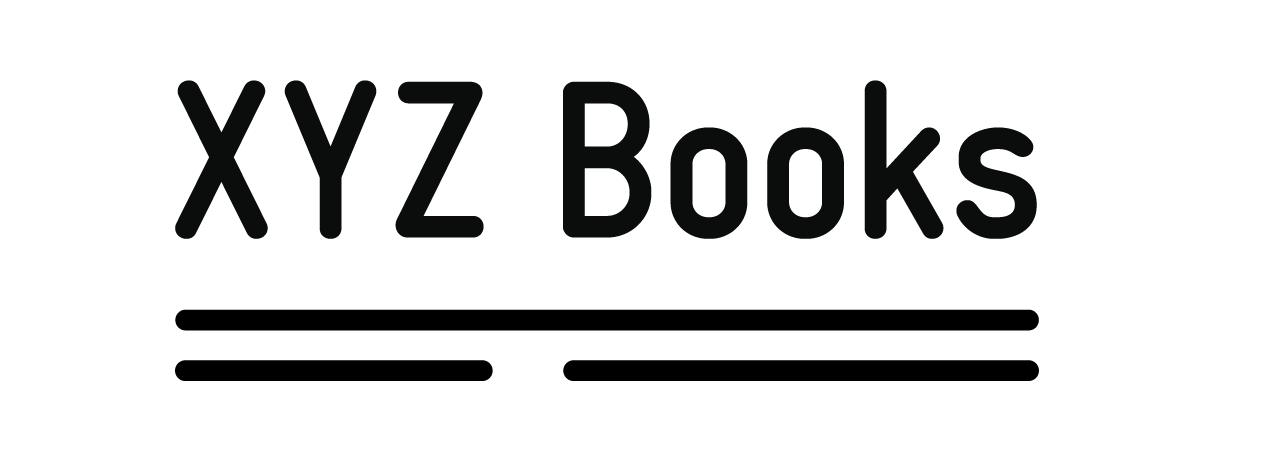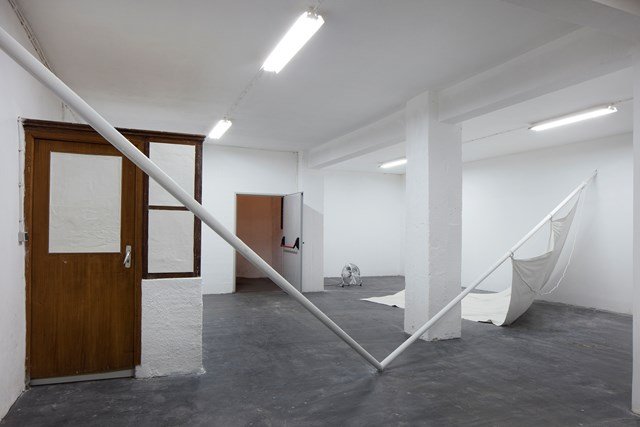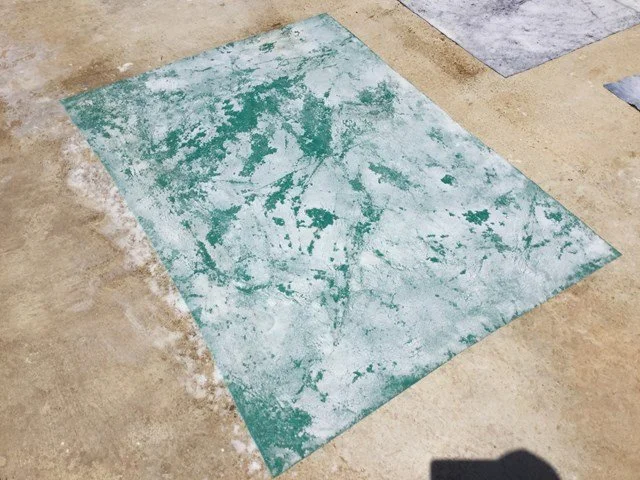Stone Memory
29.09. > 12.11.
Maria Trabulo
Exhibition
A Ilha and XYZ Bookshop welcome Portuguese artist Maria Trabulo who will be presenting her most recent project "Memória de Pedra" [Stone Memory]. Solo exhibition opening on September 29th from 7 pm
Stone Memory
"When all one can do is to remember, how does one forget?
'It was with charcoal that in that kitchen I drew for nights the cliché images of the Art History. I clear the table and grab the photograph I kept inside my backpack. We were all obliged to carry one. I start with the eyes, to me the most discomfort part. Still today it is difficult for me to draw someone's eyes, perhaps that is why I avoid doing portraits. His eyes are petit and bluish, I softly trace the upper eye line and darken the interior so that one can perceive that the eyes are of a light tone. His eyes bring strange proportions to the drawing, the spacing between them is uncommon, they are positioned to close. I can't get them straight at a first try, so I erase and repeat till it looks as I remember them'
The brain’s memory system works much like drawing with a pen on paper. For a brief time before the ink dries, it’s possible to smudge what’s drawn. But after the memory is consolidated, it changes very little. Memories may fade over the years like an old drawing, but the content of the memory stays the same, no matter how many times it’s unfolded and observed.
Recent scientific studies suggest that the process developed by the brain is the same for both building a new memory and erasing an old one. Having this in mind, and along with the notion that the human memory is malleable, one can trigger what they have named as 'Reconsolidation' process. It consists (along with the ingestion of medication) in the intense revoke and revive of a memory up until the point that it becomes malleable and can be altered or erased. One creates a memory inside another, erasing the latter. Reconsolidation may be the brain’s mechanism for recasting old memories. Perhaps what keeps us from living in the past.
But can it be that the more we recall a memory, the more it becomes embedded in ourselves? Or do we simply become used to it?
But could we ever achieve the absolute forgetfulness of our intrinsic memories?
Along with the forgetting strategies, we long for ways to remember something or someone. The stone, or the stones, or the rocks, or the mountains, have for long been watching Humanity building itself, as what preceded it. They are some kind of audience that never gets tired, or is not allowed to, since they can't move elsewhere. To those stones that can change place, through the action of people, some turn them into memory keepers or guardians. Talking about memorials, sculptures and statuettes, gravestones, plates, or simple peddles that we catch on the way and take home to be reminded of somewhere special. There is a forgetting ritual or gesture called 'The memory stone' that consists in choosing and collecting a small stone at a place that has a meaning. Holding it in one hand, one has to wander in the place or places that bring memories of the event of person one means to be released of. The intention is to relive every moment that has passed and to transport its energy to the stone we hold, it becoming its carrier. It can take hours or days, having it ended, one shall put away the stone in a guarded place, never to look it up again unless we intend to be reminded of what we chose to forget.
Of stones man has built fortresses and walls, that today help us to build the memory of civilizations and people from the past. Of those and other stones, we today build the walls that circle us in the cities and places we inhabit. They witness and endure what takes place in present time, and months or years later surprise us with their memory, it being what is left of a poster from a 2011 anti-austerity protest, a barely readable 'Liberty' or '25 de Abril', the tag we did after a long drinking night, the 'I love you' that we wrote on that bridge and wish we no longer felt, the poster of concert we went to or wish we had, someone's protest, the scratches left by a car that hit a wall, a sign that was painted over, etc. And then there are these images that come to us like a breeze in places close to absurd, flicking in the perfume of a stranger we cross with when leaving the tram in Vienna, the smell of the sea that the wind brings along till downtown, a familiar sound or someone's voice tone. We try to forget, but the memories and images cross our mind like some curtain that behaves uncontrollably because of the draft. Impossible to close or to open, even to cross, the curtain remains frozen between two opposite forces, to remember and to forget. Immobile, like us, once that image comes to our memory.
Some memories are embeded in us, things, people, places we cannot forget. But can it be that the more we remember something the more it becomes intrinsic to us? Or is it that we unconsciously simply shape those images to the point where they become bearable? Do we learn to live with the things we wish to forget? Is that what forgetting is about?
And perhaps that is why we still know by heart, even years and decades after, that person's portrait, that
Maria Trabulo
Maria Trabulo is a Portuguese artist living and working between Porto (PT) and Vienna (AU).
Maria has sustained an active artistic practice both individually and collectively since 2010, with various solo and group exhibitions in Portugal and abroad. Founding member of the collectives Expedição and Sintoma in Porto. Has been awarded by relevant international institutions, and has had participations as invited artist in several publications, lectures, seminars, and artist residencies. Additionally, in consequence of her interest in collaborating with others, over the course of her work Maria has developed collaborative pieces with various professionals in the field of arts, music, design, science, architecture, and theatre.
Has a degree in Fine Arts from the University of Porto and the Iceland Academy of the Arts and currently attends the Art&Science program at the Angewandte Kunst Akademie in Vienna, conducting an artistic research with the support of Fundação Calouste Gulbenkian.



